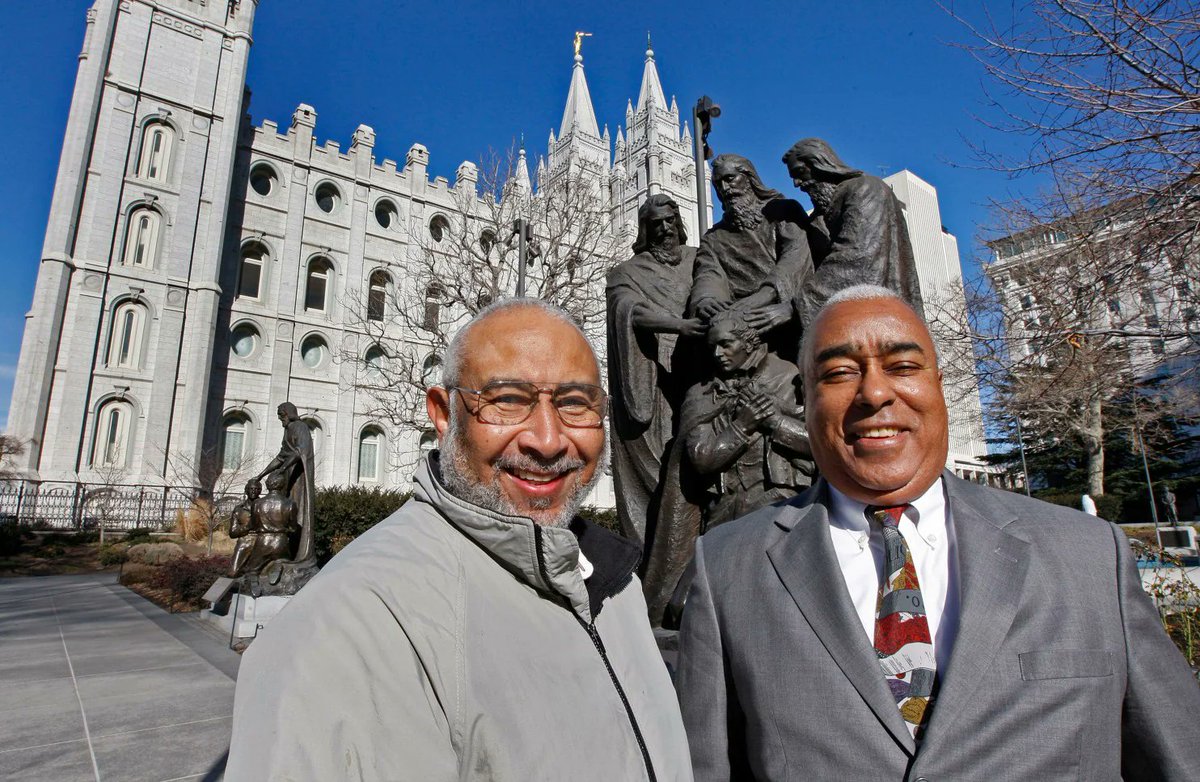
We're FOUR days away from @signaturebooks releasing #DNAMormon, so time to highlight another chapter.
Today I'm overviewing Ian Barber's engagement with Quinn's famous EARLY MORMONISM AND THE MAGIC WORLD VIEW. /1

Today I'm overviewing Ian Barber's engagement with Quinn's famous EARLY MORMONISM AND THE MAGIC WORLD VIEW. /1


Quinn published the first edition of MAGIC WORLD VIEW in 1987. It was a climactic moment for the field of Mormon history: just a couple years removed from the Mark Hofmann bombings, and in the middle of the tense internal debates over the field. /2
It was into that realm that Quinn lobbed his first monograph, which also turned out to be one of his most controversial. He was forced to resign from BYU the next year. The book argues that early Mormonism was steeped in & drew from early America's magic culture. /3
Barber's chapter dives into what sources Quinn used for the book, what other historians had said, and how Quinn sought to change the field. I was very impressed with how meticulous Barber was at teasing out the scholarly interventions & critiques. /4
Quinn's book, of course, prompted a massive backlash. Apologists lambasted it and devoted lots of long (& bloated) critiques. In response, Quinn authored a revised and greatly expanded edition that was as focused on modern Mormonism as Joseph Smith. /5
Moving forward, Barber says that the true legacy of Quinn's controversial book was his devotion to digging up and presenting diversity at the heart of the Mormon story.
It's a great chapter. Pre-order now! /fin signaturebooks.com/books/p/dna-mo…
It's a great chapter. Pre-order now! /fin signaturebooks.com/books/p/dna-mo…
• • •
Missing some Tweet in this thread? You can try to
force a refresh













